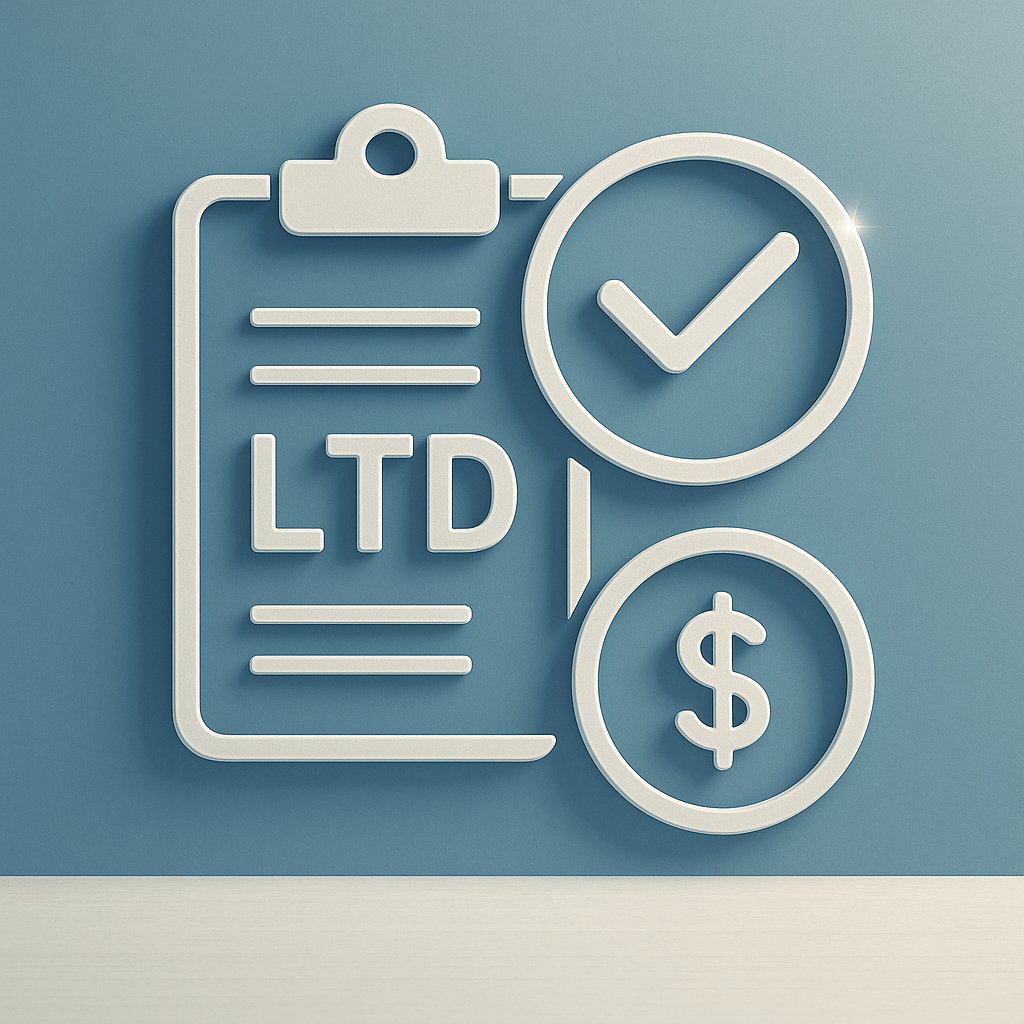Managing ongoing documentation, benefit reviews, and post-approval responsibilities.

Obtaining long-term disability (LTD) benefits approval is a significant milestone. After months—or even years—of paperwork, doctor visits, and insurer pushback, you finally get confirmation: your claim is accepted. But approval doesn’t mean you’re done. In many ways, it’s the start of a new phase—one that demands ongoing documentation, compliance, and vigilance to keep your benefits in place.
Staying on Top of Ongoing Medical Documentation
A common surprise for claimants is the amount of documentation still required after approval. Insurers routinely check to confirm you still meet their definition of disability. You’ll likely receive regular requests for updated treatment notes, physician statements, imaging results, and functional assessments. Primary care doctors are often asked to complete detailed forms on your prognosis and limitations. Some insurers also request activity logs or schedule independent medical exams (IMEs), which are often more investigative than therapeutic.
Stay fully engaged with your care team. Keep all appointments and track medications and treatments. Gaps in care, delayed testing, or even signs of improvement can be used to question your eligibility. If your doctor’s notes are vague, politely follow up to ensure important details are recorded—your providers’ documentation can make or break your claim.
If you’re scheduled for an IME, go in prepared. Be honest, clear, and consistent when describing your limitations and daily challenges. IMEs focus on function, so credibility and clarity matter.
Expect Periodic Reviews—and Be Prepared
Approval doesn’t mean your file is closed. Most LTD policies allow reviews every 6 to 12 months—sometimes more often. Reviews may require new medical records, functional assessments, or another IME. Insurers may also conduct surveillance, including reviewing your social media or hiring investigators, especially if inconsistencies are suspected.
A key checkpoint comes at 24 months, when most policies shift from evaluating whether you can perform your own occupation to whether you can perform any occupation. This stricter standard catches many by surprise, even if their condition hasn’t improved. Plan ahead. Keep thorough records and ensure your doctors document how your disability affects your ability to work in any job—not just your previous role.
Review frequency often depends on your diagnosis. Short-term injuries may prompt more frequent checks than chronic conditions, but falling out of care can trigger red flags in any case. Skipped appointments or casual comments about wanting to return to work can hurt your claim. Read all insurer correspondence carefully—new forms or vague questions may signal a review is underway.
Know Your Reporting Responsibilities
Once you start receiving LTD payments, transparency is required. Most policies mandate that you report any income or work activity, including part-time jobs, freelance gigs, SSDI, workers’ comp, legal settlements, and even volunteer work that resembles employment. Even low-effort tasks can be used as evidence that you can work and no longer meet the definition of disability.
Confusion is common. For instance, a household member working from home may be mistaken for you working. When in doubt, overcommunicate. Keep records of all insurer communications, note any changes in your work or finances, and maintain updated medical records. These details can protect you from overpayment demands or fraud allegations.
Many assume that as long as they’re not doing their old job, their benefits are safe—but insurers may argue that any ability to work counts against your claim. That’s why accurate documentation and transparency around side income are essential.
Coordinating with SSDI
If you haven’t yet applied for Social Security Disability Insurance (SSDI), your insurer may eventually require it. Most LTD policies have offset provisions—meaning SSDI payments reduce your LTD benefit. An SSDI approval can strengthen your LTD case, serving as independent confirmation of your inability to work. However, SSDI usually includes a back payment that overlaps with months you’ve already been receiving LTD benefits. Your insurer will likely request reimbursement for that period, so don’t spend any SSDI lump sum until you understand your repayment obligations. Missteps here are common—check with a lawyer or advisor first.
Approval Isn’t the End—It’s a New Phase
It’s tempting to think of approval as the finish line. In reality, it’s the beginning of ongoing oversight. Missed appointments, vague records, or unreported income can jeopardize your benefits. If your insurer delays payments, ramps up document requests, pushes for repeated IMEs, or changes the way they’re evaluating your case, it may be time to call a lawyer. An LTD attorney can help you respond strategically and stay compliant. While not all attorneys handle ongoing claims, many are available to consult during key review phases — especially around the “any occupation” transition.
Your best strategy: stay engaged. Follow your treatment plan, maintain communication with providers, and keep your paperwork in order. LTD benefits are a financial lifeline—but they require ongoing effort to protect. Approval is just the start. Staying approved is the real goal.
